Candy is fun, sweet, and nostalgic—but behind every chewy bite of toffee lies a serious question: how safe is your candy, really? In modern confectionery production, food safety isn't a bonus—it's a requirement. And a big part of that safety starts with the machine behind the magic: the toffee candy machine.
Whether you're a growing candy business or an established sweets factory, understanding how these machines contribute to hygiene, quality, and compliance is crucial. So let's unwrap what goes into making candy safe—and why the right machine can make all the difference.
Why Machine Safety Matters in Candy Production
The process of making toffee might look simple: heat, mix, pour, cool, and cut. But each stage of this operation must follow precise food safety protocols. Machines used to produce toffee must handle high temperatures, sticky ingredients, and repetitive cycles without compromising cleanliness or function.
Even a small oversight—like residue left in a pipe or improper temperature control—can create risks. Bacteria can grow in unclean parts, and cross-contamination between batches can introduce allergens or off-flavors. That's why it's essential to use equipment specifically built with food safety in mind.
Ensuring food safety is fundamental in any food production, and candy manufacturing is no exception. When people buy candy, they expect it to be made under safe, clean conditions without risks to their health. Even a small lapse in safety could lead to health problems and damage a company's image. That's why solid food safety practices are essential for protecting consumers and maintaining trust in candy brands.
Materials That Make a Difference
The materials used in your toffee candy machine are the foundation of safe production. Manufacturers now use 304 or 316 food-grade stainless steel, which resists corrosion, is non-reactive with sugar and dairy, and is easy to sanitize.
Lower-cost alternatives might use mixed metals, painted surfaces, or plastic parts that are more difficult to clean and may not meet international hygiene standards. Over time, these materials can degrade and impact product safety.
Choosing the right material is a long-term investment in quality and compliance—especially if you're scaling your production or exporting internationally.
Buying Tips: What to Look for in a Safe Toffee Candy Machine
If you're in the market for a toffee candy machine — or evaluating one — here's a quick checklist to ensure food safety:
Material Quality: Stick to food-grade stainless steel.
Ease of Cleaning: Look for designs that allow quick disassembly or have CIP (Clean-In-Place) systems.
Temperature Accuracy: Ensure it has reliable sensors and programmable settings.
Certifications: Look for machines compliant with CE, FDA, or other food safety standards.
Maintenance Support: Choose suppliers who offer solid post-purchase service and spare parts.
So… how safe is your candy? The truth lies in the machine behind the scenes. Cleanable, accurate, and compliant toffee candy machines protect not just the product, but the people who enjoy it.
As customer expectations grow and regulations tighten, investing in food-safe equipment isn't a trend—it's the new standard. Whether you're producing artisanal batches or running high-capacity lines, make food safety part of your recipe for success.


 ENG
ENG
 English
English 中文简体
中文简体 русский
русский Français
Français Español
Español عربى
عربى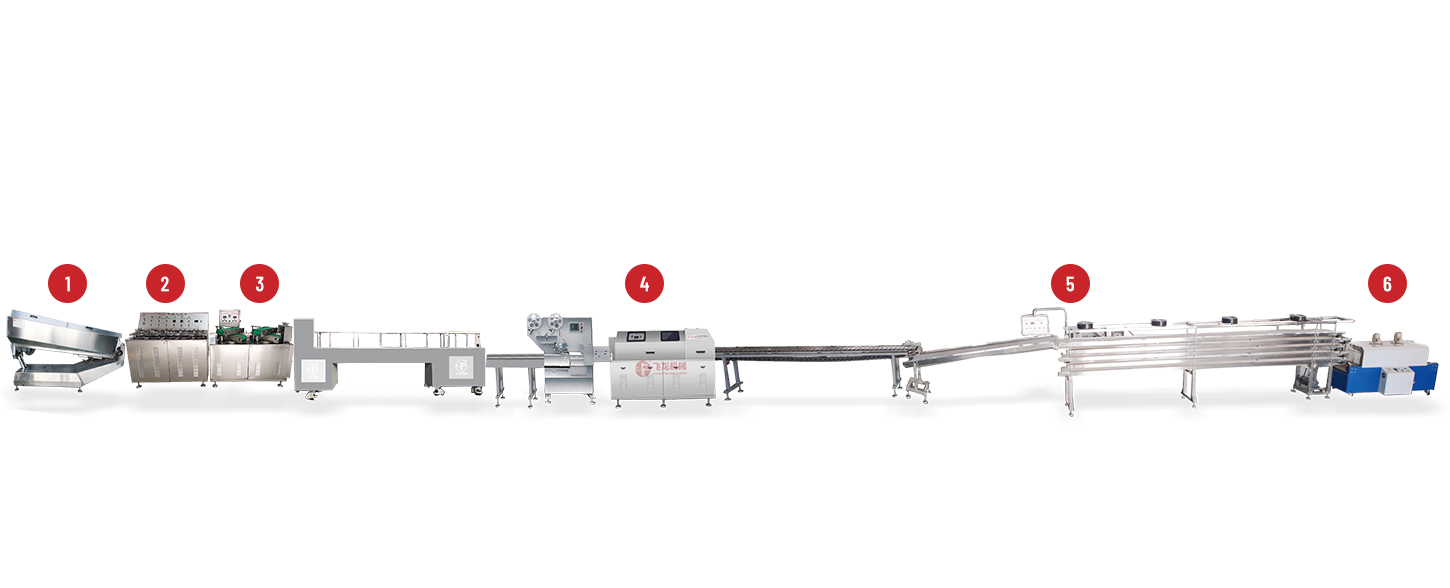
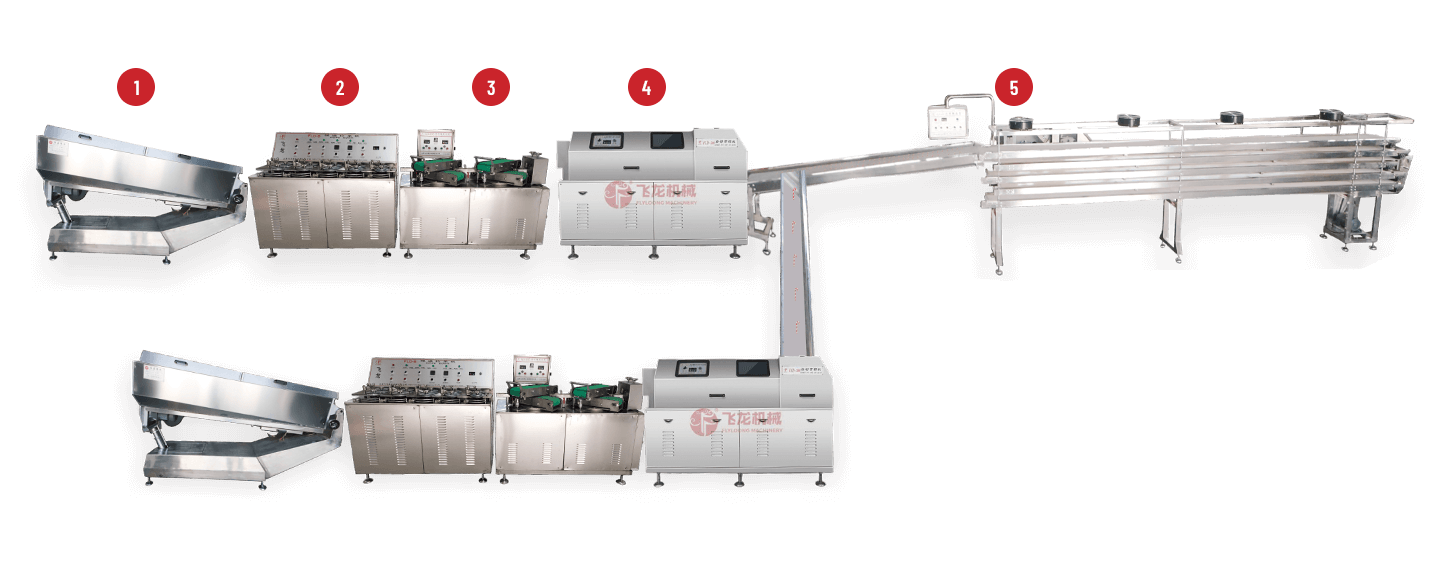
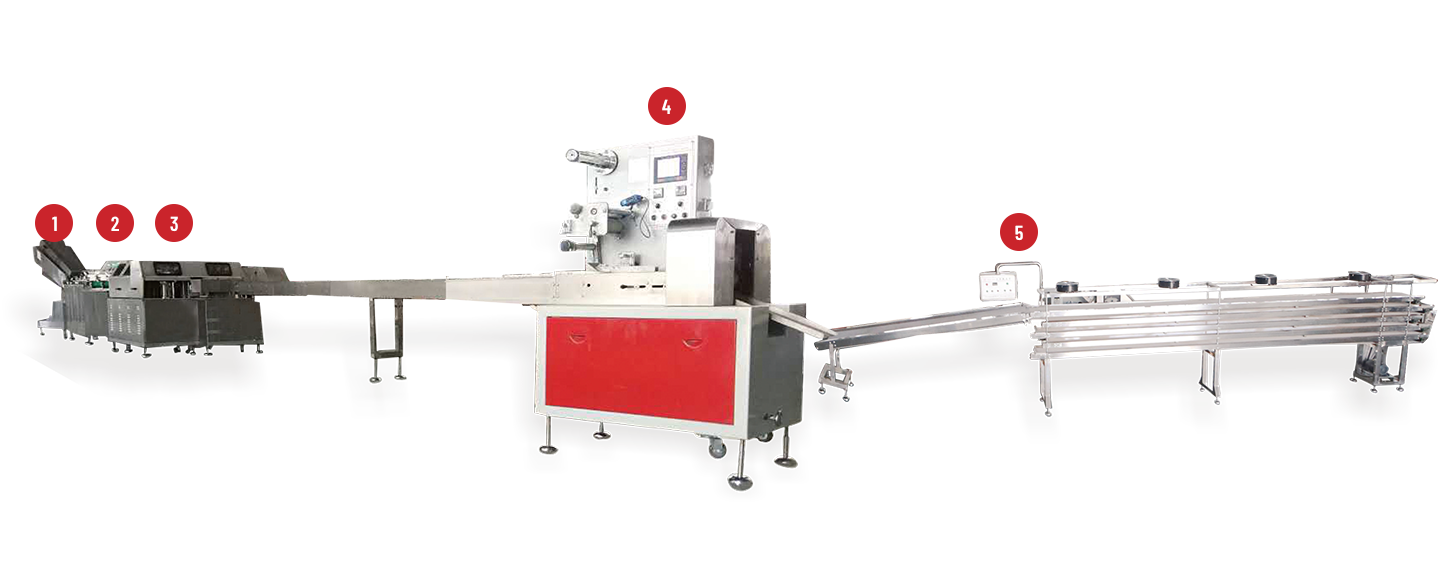
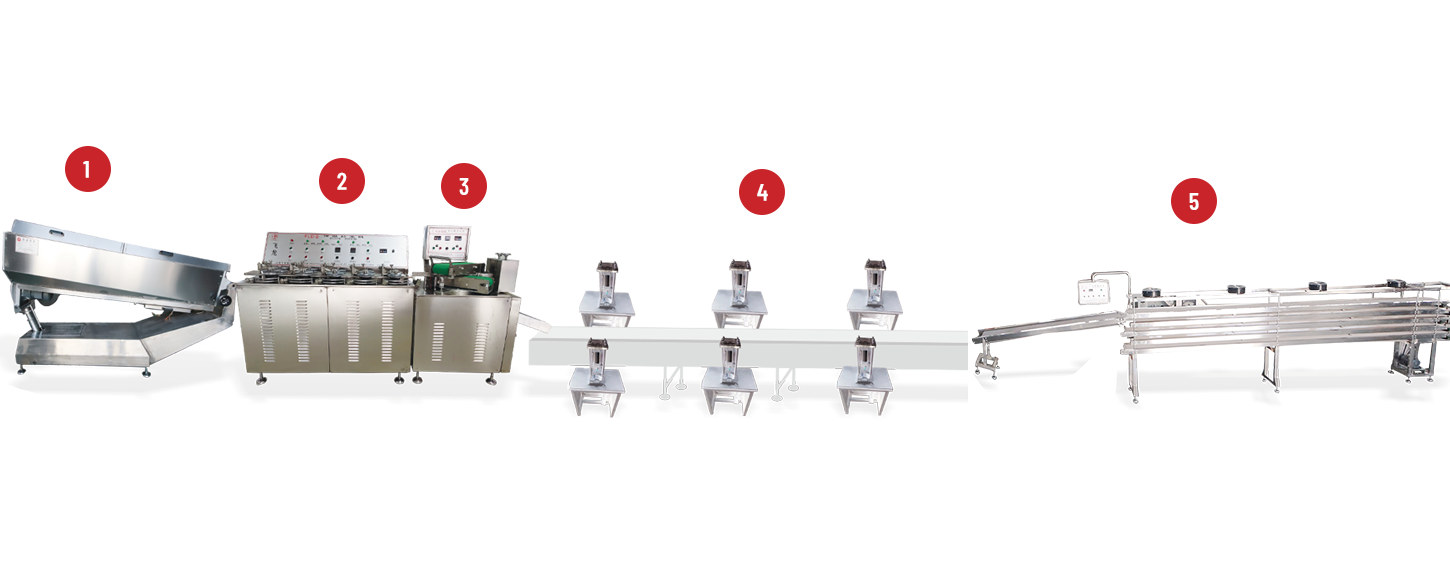
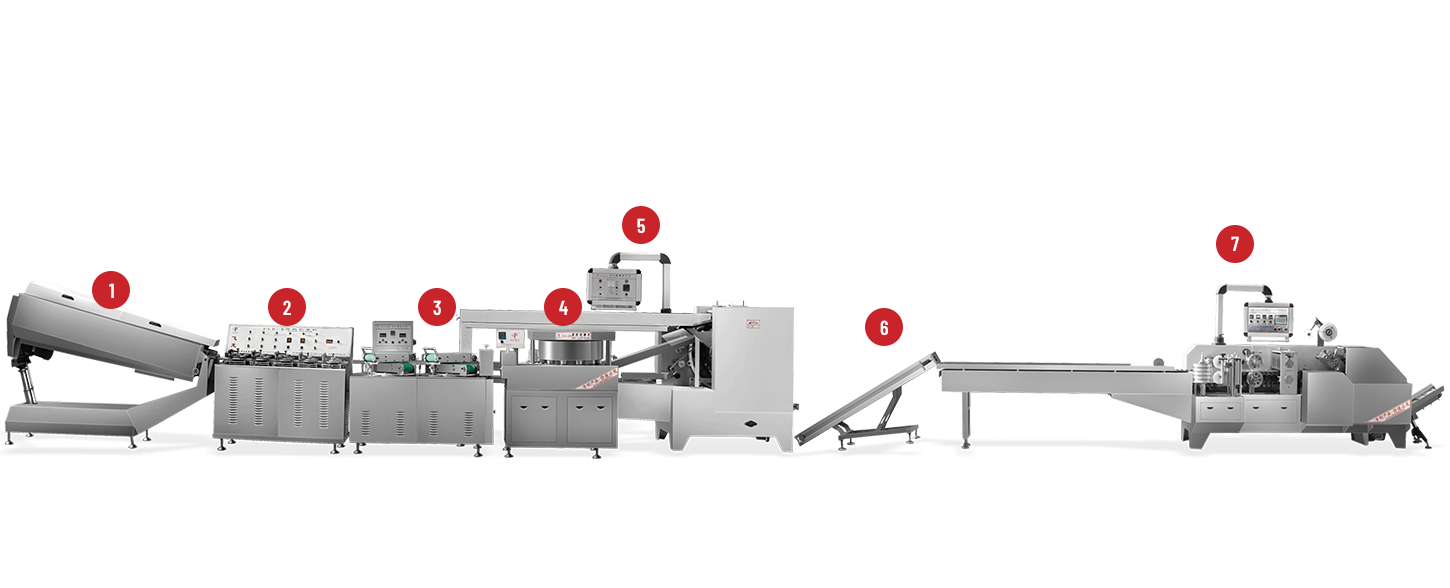
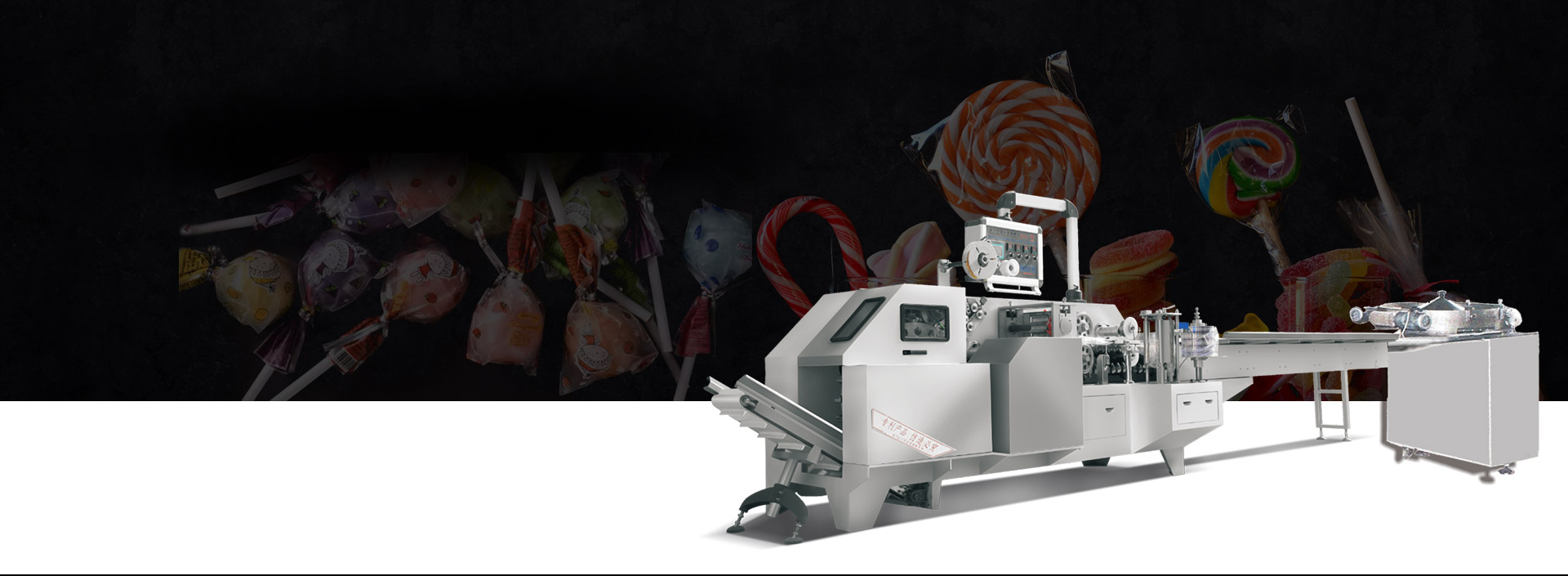
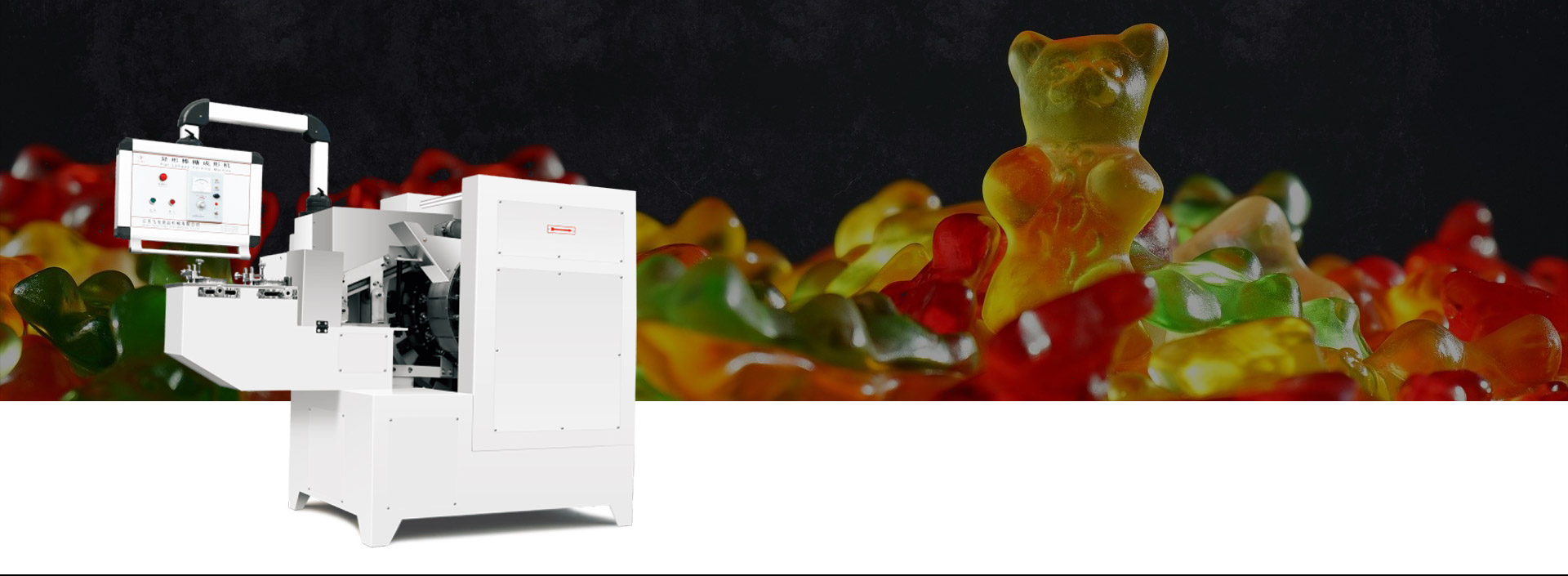
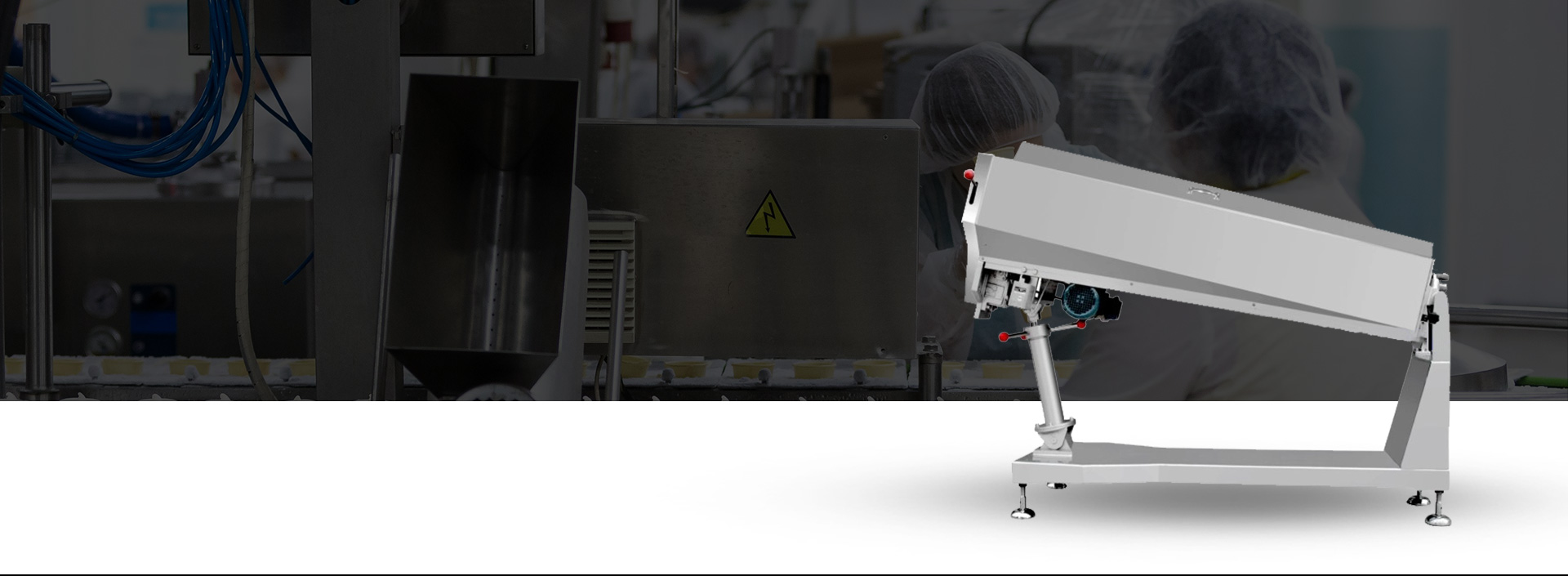
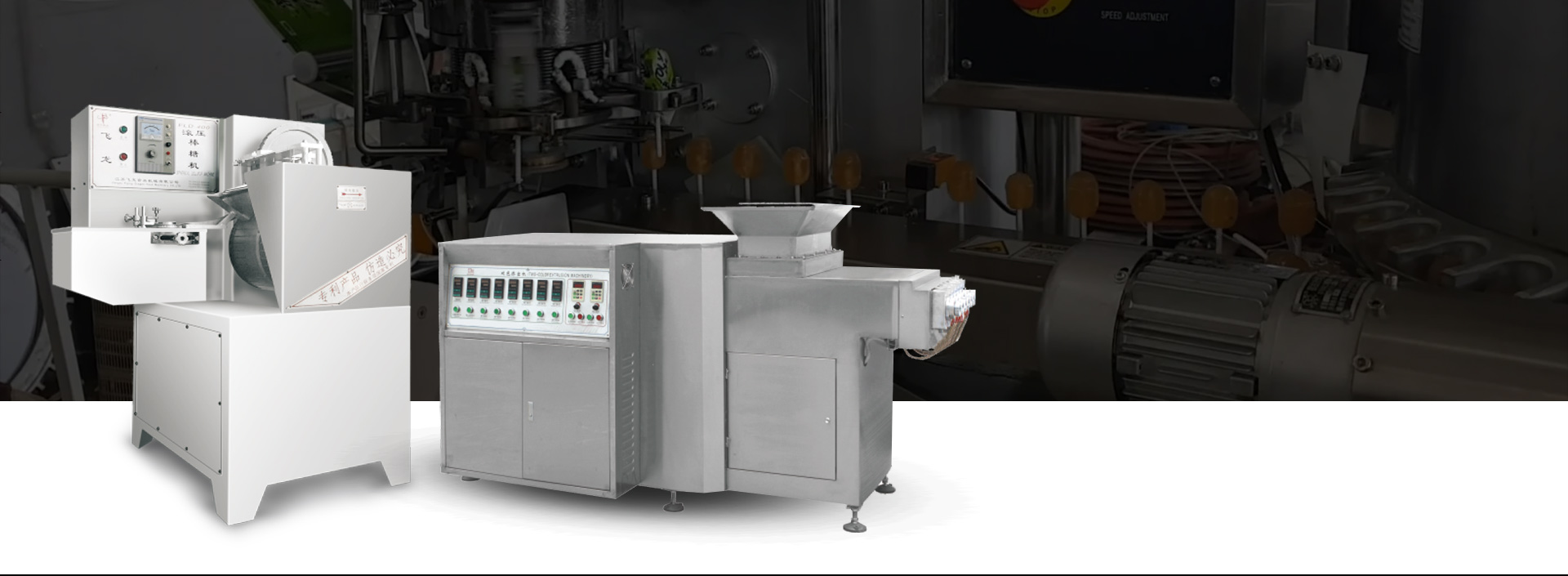
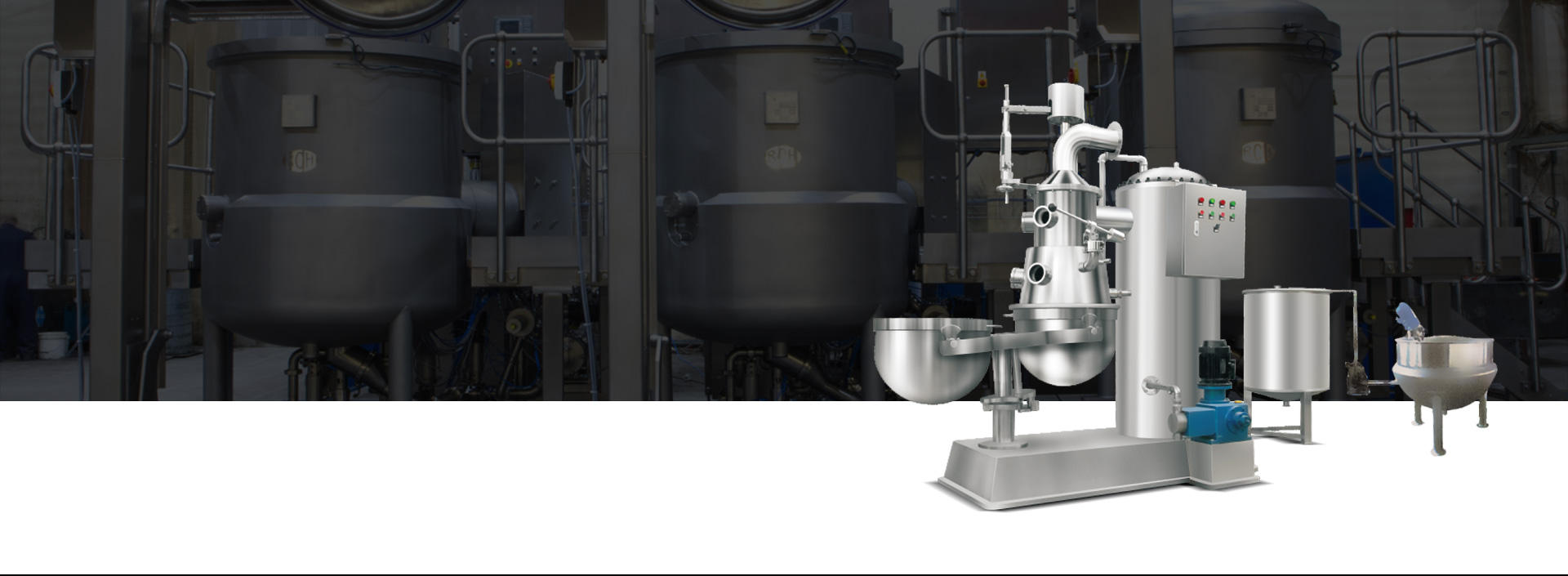

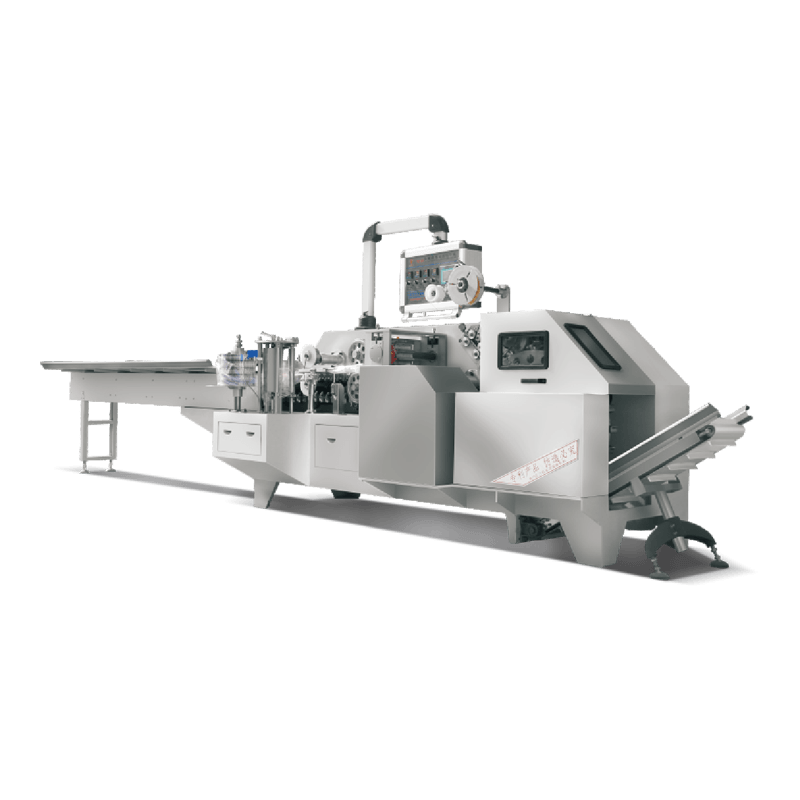
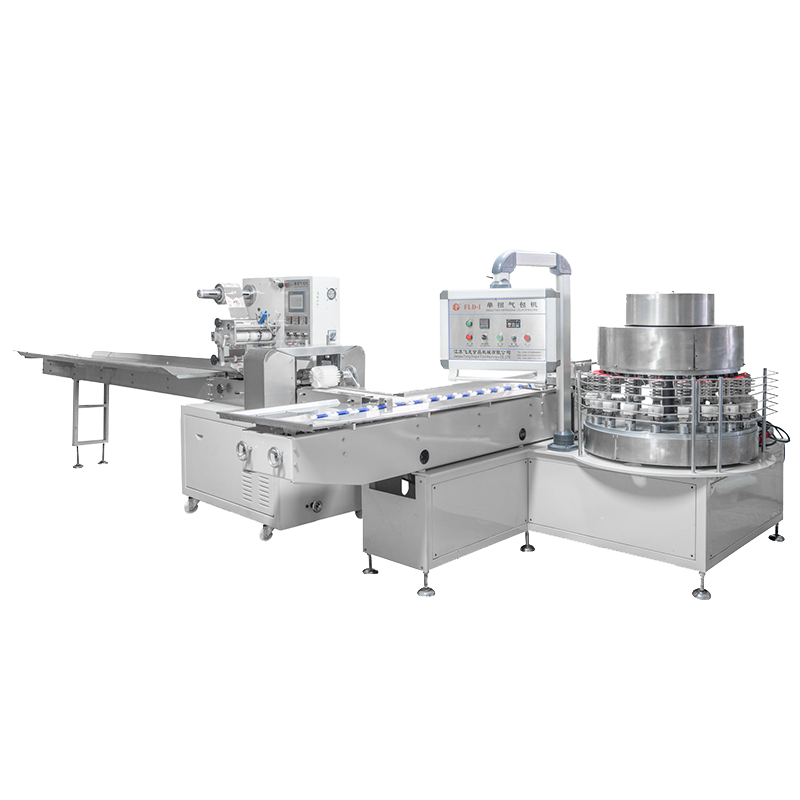
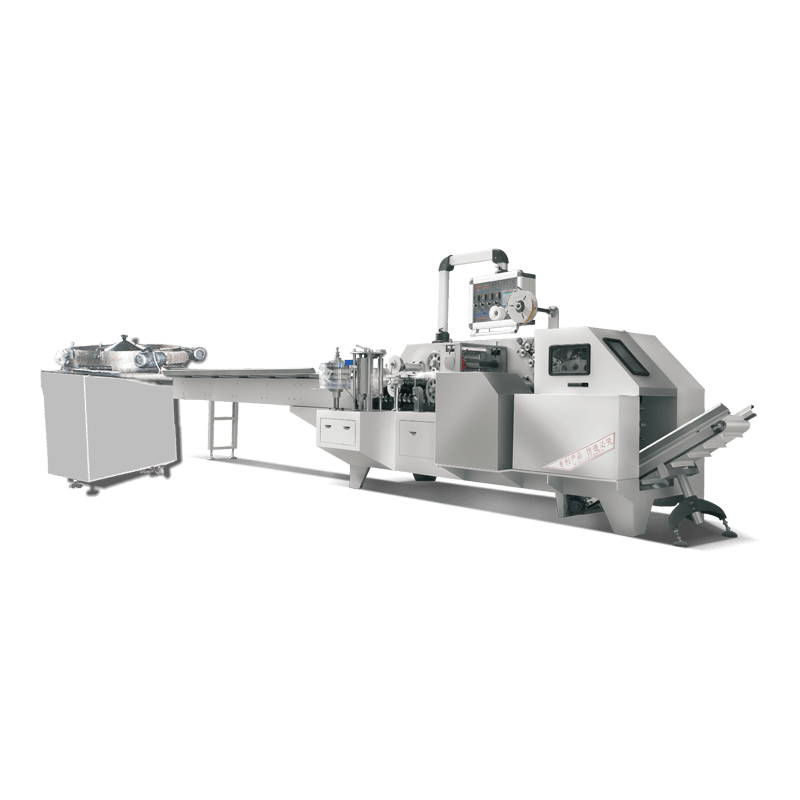
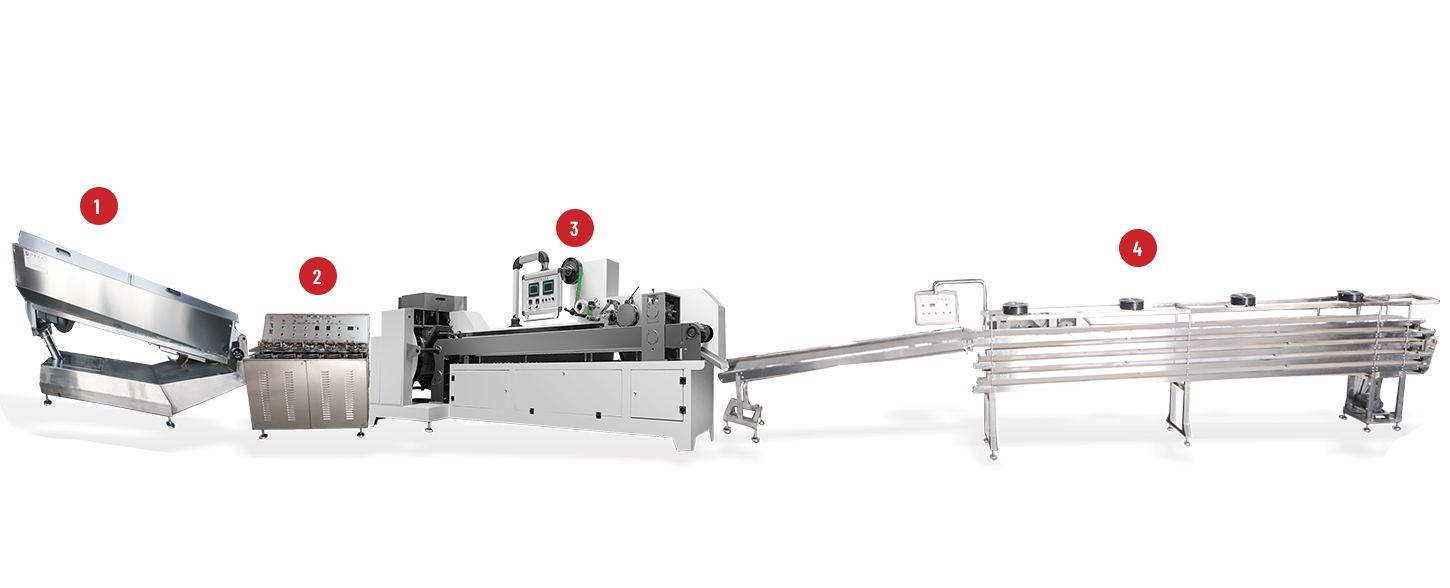
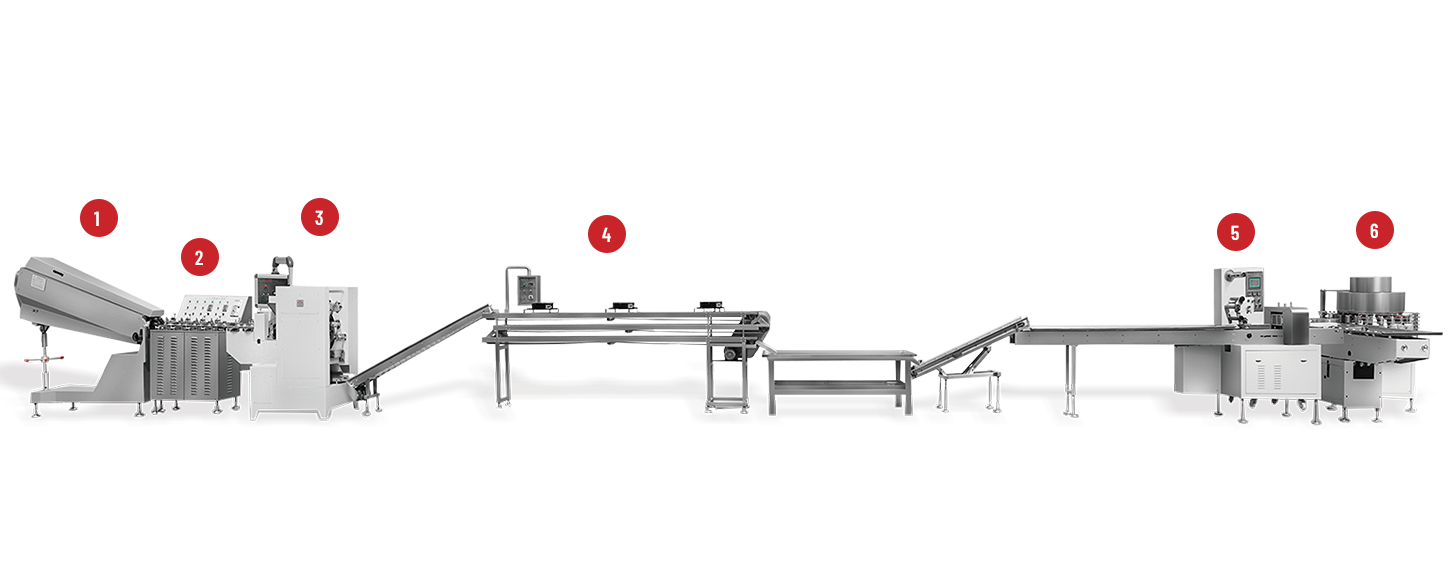
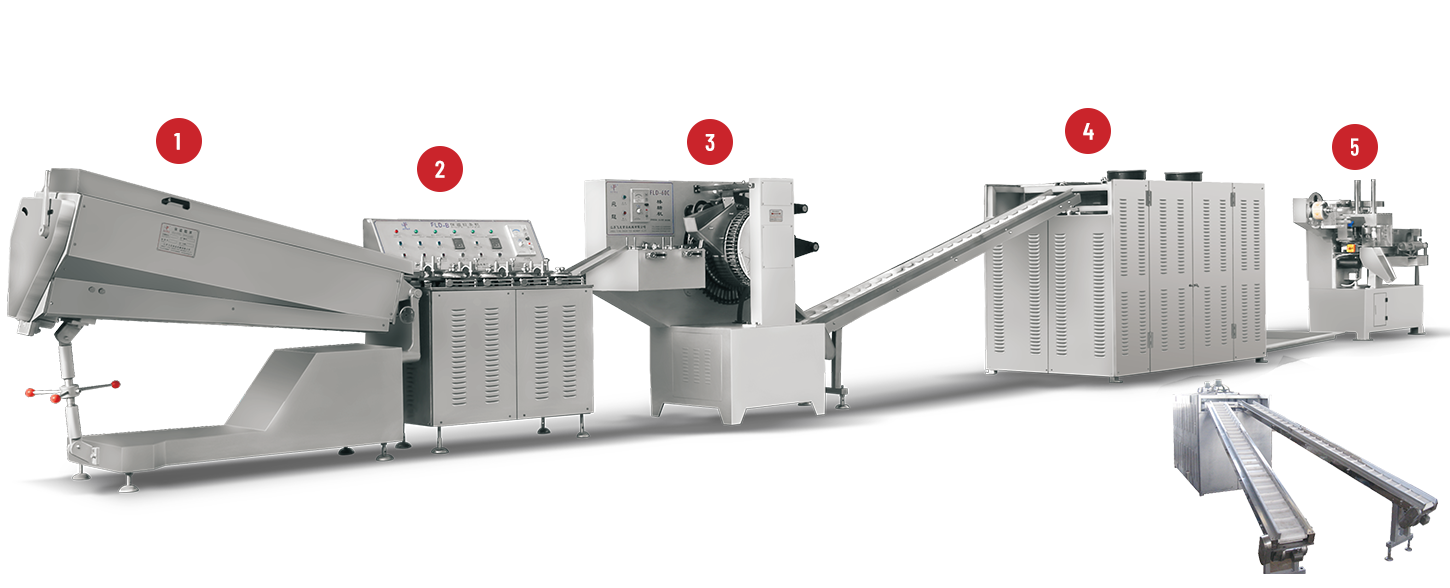
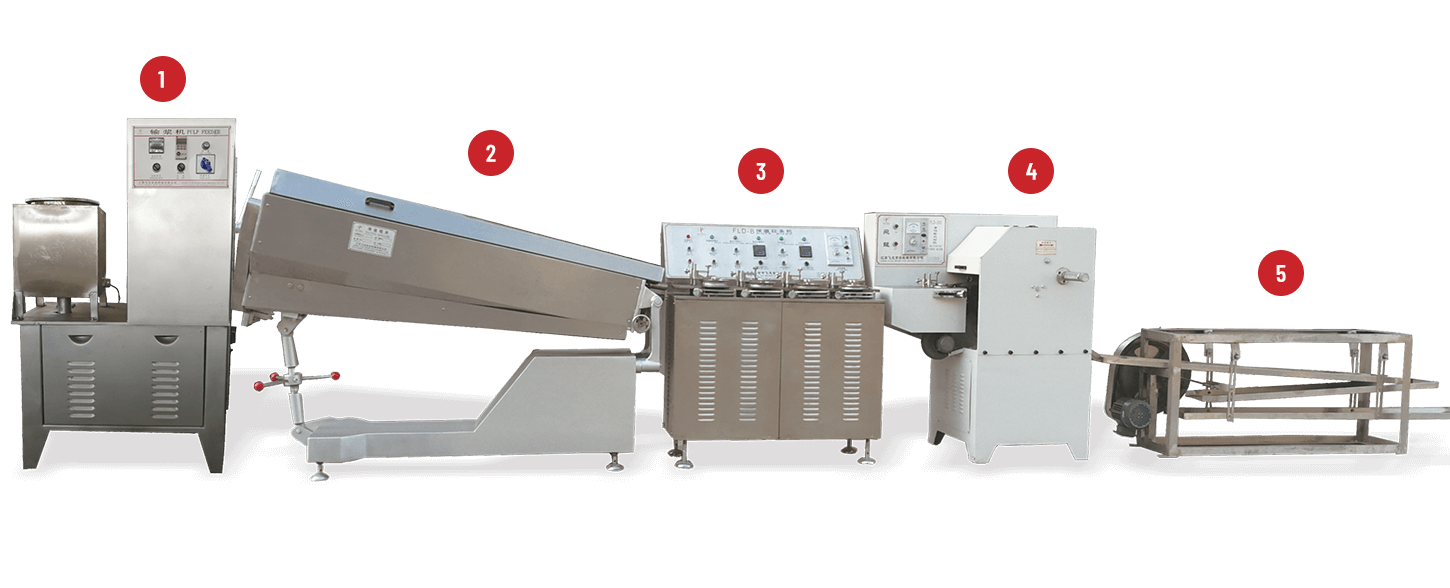
 +86-(0)515-8465666
+86-(0)515-8465666 +86-(0)515-85566996
+86-(0)515-85566996 +86-138 1559 9708
+86-138 1559 9708 flyloong@flyloongcn.com
flyloong@flyloongcn.com 
 Home
Home